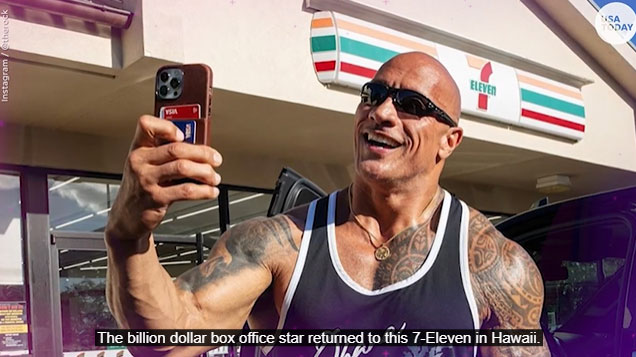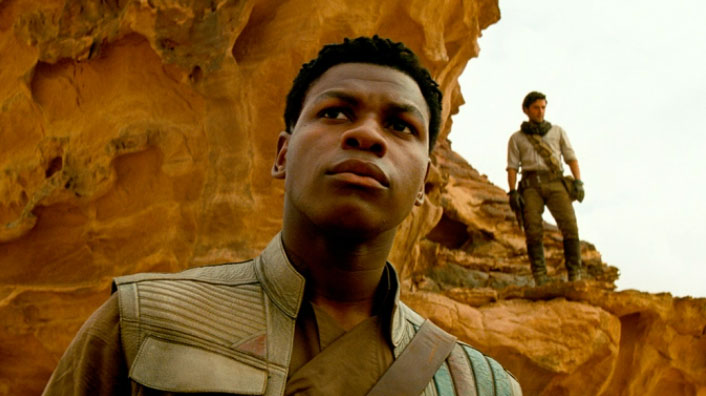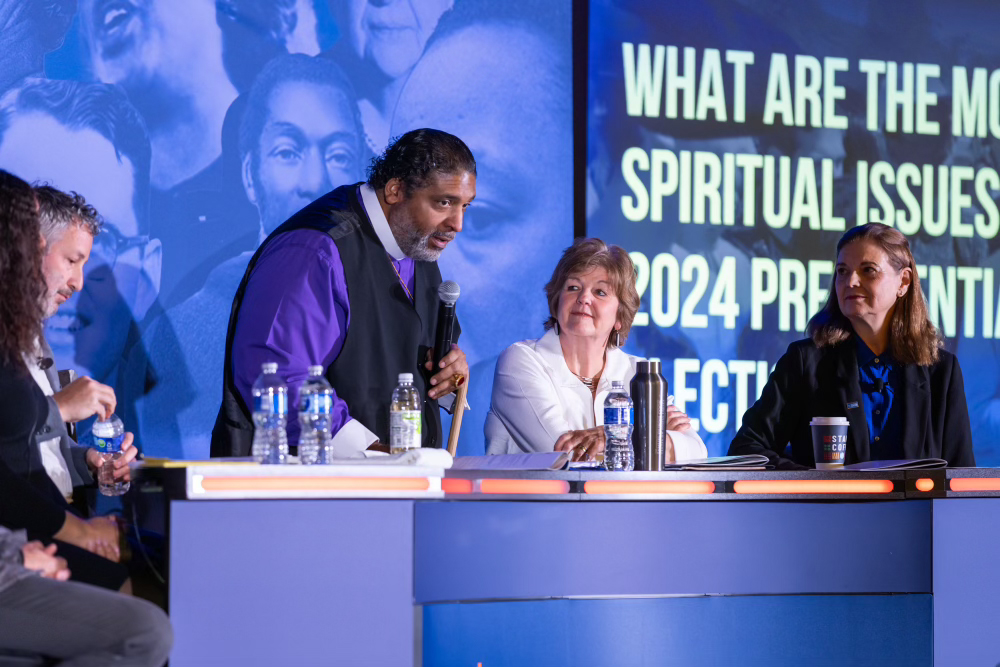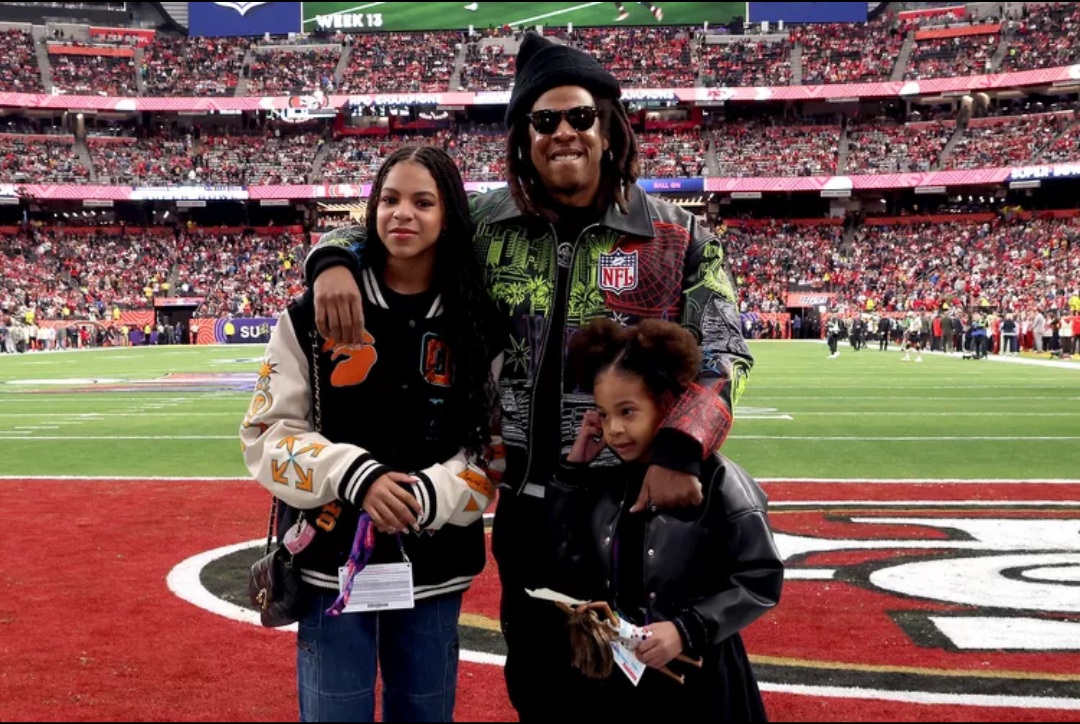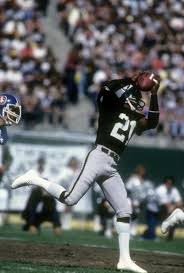
Chico, Calif.-The characterization of a man’s life oftentimes can be construed in many ways, but the legacy of an NFL player’s career can have ambiguous meanings in the eyes of the NFL Hall of Fame selection committee, and the time has come to put one of the Raiders’ greatest wide receivers, Cliff Branch, into said NFL Hall of Fame.
The reflection of the shining three Super Bowl rings that graced the hands of the Raiders’ wide receiver clearly exemplifies the magnification of greatness that spanned over a 14 year career, in which, Branch dominated players currently in the NFL Hall of Fame and gave Oakland blue-collar fans many memories in a stadium he refers to as the “House of Thrills.”
After spending several hours interviewing Branch at a children’s hospital autograph signing charity event in Chico, California all of the fans asked the same question: “Why aren’t you in the NFL Hall of Fame?”
The revelation and clarity became apparent that it’s time for the NFL Hall of Fame selection committee to take another in-depth look at the illustrious wide receiver’s NFL career, one spanning over 14 years in an era dominated by 70 percent run and 30 percent pass.
Q: How did you get introduced to the game of football?
A: I started watching George Blanda with the Houston Oilers growing up in Houston, Texas and eventually became a big fan of the Washington Redskins passing game led by quarterback Sonny Jurgensen throwing to receivers Charlie Taylor and Bobby Mitchell.
I admired the passing game as a little kid and I made up my mind I wanted to be a professional wide receiver.
We used to play flag football in junior high school and I realized I was the fastest kid on the block so I had to play against high school players.
Q: Where did you play football in high school?
A: I played at Worthington High School in Houston, Texas, which is actually the same school that produced Kansas Chiefs Otis Taylor and Chicago Bears Mike Singletary. It’s amazing that one high school can potentially produce three NFL Hall of Fame players. Otis Taylor was also a quarterback Worthington high school.
Q: Were you a football player first that developed sprinter speed or a sprinter that eventually learned the game of football?
A: I did both in sports and I really excelled in track, in which, I was the first person to run 9.3 (seconds) in the 100 yard dash in the state of Texas. I always played both sports but I excelled in track because it’s an individual sport and my football skills continued to develop at the same time.
Q: How did you end up choosing University of Colorado to play college football?
A: Many players were recruited by the historical black colleges due to segregation and no schools in the South Eastern Conference were recruiting black athletes.
I wanted to play big time football and get the national television exposure, and when I visited Colorado I discovered there was no segregation. If I didn’t go to Colorado and play I would have ended up playing football at Southern University.
Q: When did you know you had the ability to play in the NFL?
A: I knew in high school because I was a world-class sprinter, and I wanted to be like Charlie Taylor and Dallas Cowboys receiver Bob Hayes. I wanted to have the speed of Hayes and hands of Taylor. I had a chance to play with Taylor at a golf tournament and ended up talking with him for hours.
Q: What influence did Fred Biletnikoff have on your career?
A: I watched Biletnikoff’s work ethic and that was the biggest plus for me because he was never satisfied with his performances on the field. I shadowed the way he worked in practice and he eventually became an NFL Hall of Famer.
Q: Who were the best cornerbacks you faced in your career?
A: I went against NFL Hall of Fame cornerback and my teammate Willie Brown for eight years and after he retired I went against Raiders Mike Haynes in practice every day. I played against the best cornerbacks in the NFL every day in training camp and in practice.
Q: Which cornerback brought out the best in your abilities as a wide receiver in the NFL?
A: NFL Hall of Famer Emmitt Thomas with the Kanas City Chiefs was my rival and also Louis Wright and Billy Thompson with the Denver Broncos.
Q: What about playing against Pittsburg Steelers Mel Blount?
A: We played Pittsburg every year but they were more of a zone defensive team. If Mel had to cover me one-on-one I would usually have the advantage; in other words, he would have to play bump and run to even things out.
Blount told Haynes that the two toughest receivers he had to cover were Washington Redskins Charlie Joiner and Cliff Branch. He even said that I belong in the Hall of Fame.
Q: What are some of the memories of quarterbacks you played with on the Raiders?
A: When I look back on it, I caught George Blanda’s last touchdown pass he ever threw for the Raiders. I remember watching him when I was a little kid and he played until he was 45 years old, and now I was playing with him.
I remember Blanda and (recently deceased) Kenny Stabler were really close and he really helped Stabler prepare to take over the reins as the Raiders quarterback.
Stabler and I lost our starting jobs at the same time and we both regained our spots in 1974 and we both made All-Pro for the next four years in a row; I had my best years with Kenny Stabler.
Kenny was the most accurate touch passing quarterback because he was drafted by the Raiders and also drafted in baseball.
It was like he was pitching and we were like catchers in baseball for Stabler, because we could be covered by the defensive back but he could put the ball in any location to make the catch.
Jim Plunkett was an excellent deep thrower and he took us on a Cinderella Super Bowl season in 1980 after Dan Pastorina broke his leg in the fifth game of the season. I caught touchdown passes from Blanda, Darrell Lamonica, Stabler, Plunkett and Mark Wilson but I had my best years with Stabler and Plunkett.
Q: Tell us about your 1976 season with the Raiders.
A: We went 16-1 that season, and we only lost to the New England Patriots and ended up winning the Super Bowl. I had over 1000 yards in receiving with only 46 passes caught and ending up averaging 24.2 yards per catch.
I had 12 touchdowns. Dave Casper had 10 TDs, Biletnikoff had 7 TDs and Stabler ended up being the NFL’s Most Valuable Player in the league in 1976. He did this in an era when the running game was the primary offense.
I talked with Kenny and said can you imagine playing today what it would be like because we had the best offensive line in 1976 that allowed him to wear a tuxedo to every game and never get touched.
I played in seven NFL championship games over half of my career and the main focus was to stop me from going deep. I was only 5”11’ and 170 pounds, but I could run like the wind. Every team knew they had to stop me to win.
We called our own plays back then and Stabler would always ask, “Cliff, let me know if you can get deep.” I would always say, “We can go deep the first play of the game.” They could be singing the National Anthem and I would look at Stabler and say “we can go deep.”
Q: What was it like playing against the Pittsburg Steelers Hall of Famer Mel Blount?
A: In the 1974 championship game I had nine catches for 181 yards against Mel and head coach Chuck Noll benched him. When I talked to him he told me he’ll never forget that game. He got physical with me and body slammed me in one game.
What he didn’t know was George Atkinson was my roommate and he saw that he took care of it and coldcocked Lynn Swann and put him out of the game. We took care of each other because we were a family.
Q: Why aren’t more Raiders in the NFL Hall of Fame?
A: It’s political because Raiders’ owner Al Davis took on the league and won the lawsuit to go to Los Angeles. The political part has kept a lot of us out of the Hall of Fame.
Q: What does it mean to get into the NFL Hall of Fame?
A: It’s like former Raiders’ coach John Madden told me – it’s my legacy and that I was one of the elite of elite players. You have 6 guys who have three Raider Super Bowl rings and I’m one of them. When you played the Raiders in the 1970s everybody knew you had to stop me from going over the top and catching the deep ball.
Q: What did it mean to play in Oakland?
A: It was an advantage because we had true blue-collar fans in the stands making noise to get us going. I call Oakland the “house of thrills” because they would get us motivated to perform and play our best football.
Q: What does the future of the Raiders look like now?
A: Looks bright with the new coach Jack Del Rio because it’s been 14 years since the 2002-2003 season when were in the playoffs.
I begged owner Mark Davis for wide receiver Amari Cooper and I told him he’s the best I’ve seen at route running, great hands, and yards after the catch, can beat bump-and-run and has really quick feet. I really liked Cooper and I told owner Davis before the draft we have to get Cooper.
We have a Raiders’ system in Oakland that fits the players we draft or bring in as free agents and the players need to stay because most will not have success elsewhere. I believe Cooper will be the first $100 million player for the Raiders in 2020 and the Raiders will return to being one of the best teams in the NFL.
The NFL selection process will be announcing modifications in the very near future that most certainly will allow current NFL Hall of Famers an opportunity to be part of the selection process, according to Pro Football Hall of Fame executive vice president Joe Horrigan.
This change should play a major role in cementing the legacy of Raiders wide receiver Cliff Branch’s selection into the Hall of Fame.
